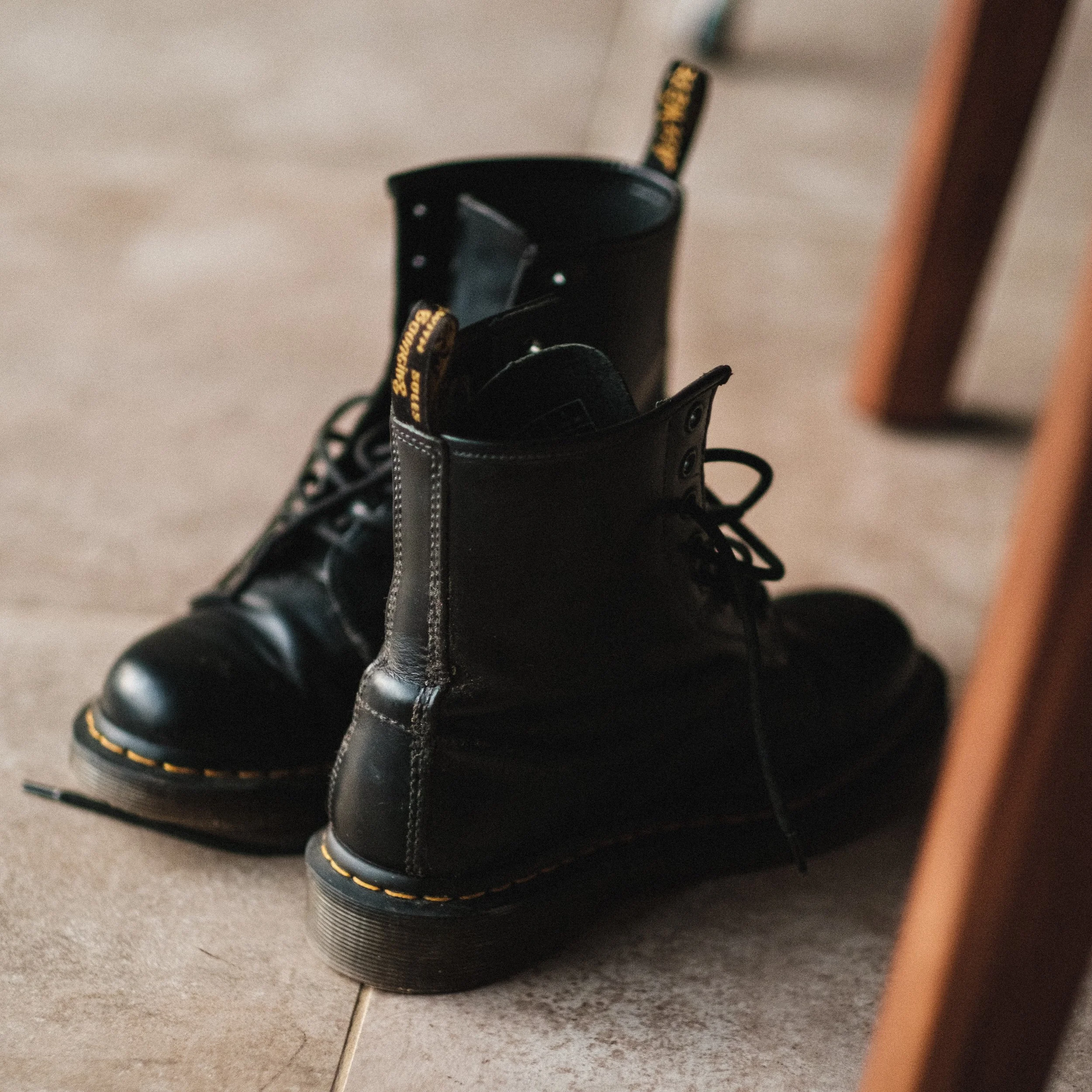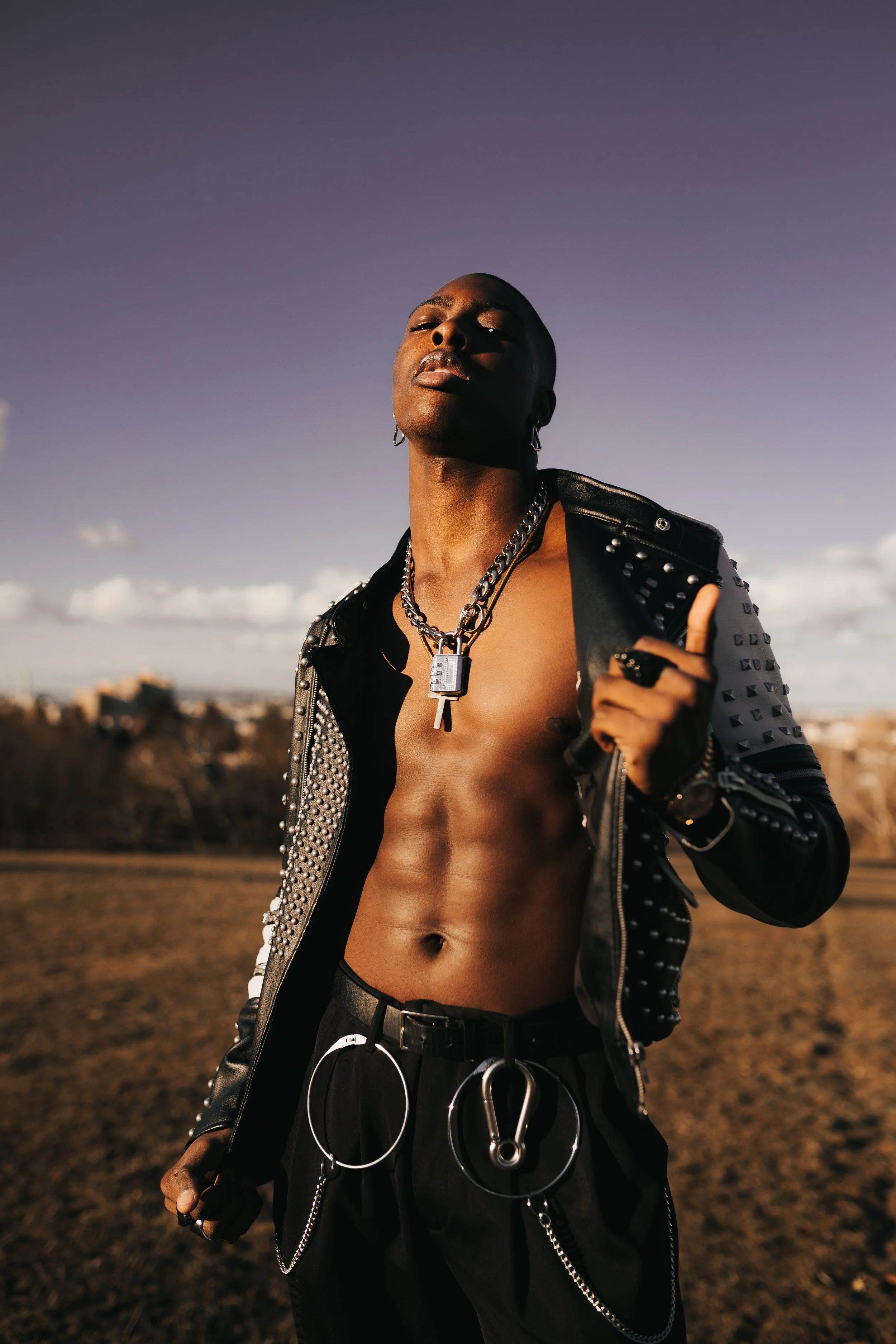Punk: Exploring Historic Fashion Subcultures

Fashion Subcultures: Punk
Photo by Dekler Ph on Unsplash
Described as “pure, stripped down, no bullshit rock 'n' roll” by the founding editor of Punk Magazine, the anti-fashion, London-based movement characterized by body piercings, torn clothes, and leather, chain and stud accents known as punk fashion was inspired by the its namesake music genre of punk rock which rejected mainstream 1970s rock.
The punk rock genre arose with a strong “do-it-yourself” spirit. This attitude was aided by the UK Pub Rock, a network of small venues, such as local pubs, playing non-mainstream bands as well as the independent record labels that rose up and created low-cost labels. This defiant attitude towards the harsh requirements from mainstream rock was reflected in punk fashion, which rejected the socio-political state of early-1970s Britain as a response to the prevalent economic crises and social restrictions. Within this article, we’ll dive into the punk fashion subculture and get to know one of the most well-known fashion subcultures.
What Does Punk Fashion Stand For?
Punk was characterized by many different conflicts in the UK. The new generation against the norms of the old generations, and working classes against the oppression set by the bourgeoisie. In essence, it was an inherently left-wing movement embracing a rejection of authority and advocating a freedom for choice. Punk creators rejected fascism, racism and other oppressive ideologies.
The aggressive and anarchic movement rejected the rules imposed by British society, like focusing on anti-authorianism and anti-establishment. The prevalent unemployment and rising capitalistic culture in UK society and much of Europe created strict rules that punk inherently rebelled against. By nature, punk subculture sets itself against things like other subcultures in music or fashion, and societal structures like class division. Ultimately, the punk movement is characterized by rebellion against and simultaneously as a reflection of societal issues.
Punk fed into the overall ongoing decline in UK society in the seventies, a decade characterized by strikes from the working class. The genre arose at a time where society was troubled by the remnants of the Second World War, with employment rates falling down to as low as 28% in some Western European countries. The loud and aggressive punk music rejected mainstream rock, which many found to no longer accurately represent the actual conditions of life, and instead produced music that provided an alternative sense of excitement away from the mundanity of everyday life. Music tended to be short and generally arranged using few chords, incorporating distorted guitar and drumming noises. Punk fashion suited those with low income, incorporating items such as thrift store-bought clothes torn up and deconstructed into crude forms with frayed edges and defaced prints.
The Characteristics of Punk Fashion
Overarchingly, punk fashion included many of the things that fashion cultures before it avoided and would consider taboo or gauche. Among them was wearing clothing that was destroyed, intentionally or through re-use, Doc Martens, and everyday objects such as padlocks and razor blades as accessories. The destroyed clothes that punk wearers embraced were often scraps of cloth held together by safety pins and chains, a shock to the 1970s UK fashion scene that prioritized pristine clothing and tailored silhouettes. Doc Martens shoes, which were heavy and utilitarian, highlighted the working-class that was the base of the movement.
Elements of punk fashion were deliberately provocative, such as using sexual references and body piercings that were unusual for those times. For hair, the emphasis was on rejecting mainstream beauty, which found punk rockers wearing their hair spiked high into Mohican hairstyles colored in pink or green. Some would shave areas of their scalp, with many people dying their hair jet black or bleached white-blonde. Eyes were emphasized with black and bold makeup.
The evolution of punk into fashion was spearheaded by London boutique named SEX, run by Vivian Westwood and Malcolm McLauren. SEX defined the look of punk fashion, selling fetish clothing, bondage, and all sorts of punk styles. T-shirts contained anarchic, sexual, and Marxist-inspired slogans. In addition to these, Doc Martens were the original worker’s shoes that punk wearers embraced, stemming from the anti-capitalist origins of the movement.
Photo by Aurelien Thomas on Unsplash
Impact of Punk Fashion
The fashion movement that sought intentionally to shock mainstream culture and authority figures achieved its goals while uniting British youth. The movement grew onto many cultures, including the USA where notably the city of New York contributed significantly to punk music.
Remnants of Punk Fashion
Nearly fifty years after the start of the punk movement, much of it continues to influence mainstream fashion, though still remaining quite controversial in some cultures and contexts. Despite nearly twenty percent of Canadians having at least one tattoo or non-ear lobe piercings, these forms of body modification are still controversial in many corporate workplaces, with workers opting to conceal any tattoos or piercings. Though not solely attributed to the Punk Rock movement, piercings have certainly attained an adjacent association. Further, in many traditionally conservative cultures, it is even more taboo to have any body modifications altogether. Regardless of these contexts, punk influences infiltrate our modern fashion choices in numerous ways.
While punk fashion in its full form is still active among some like regular punk shows even in Vancouver, it is more commonly seen as accents or accessories to one’s outfits. From skull accessories to bold outfit choices like neon clothing, punk can be demarcated by anything out of the ordinary. Even more commonly, ripped jeans or clothing with frayed edges are characteristic remnants of punk. Recent designs, like tshirts made by Balenciaga are also influenced by punk rejection of clothing in perfect condition. Punk fashion as a part of the overall punk movement was a part of the thousands of influences on modern fashion. Within Canada, punk is attributed to making the conservative culture pre-1970s into what we know today - permitting more risks, and overall more liberal.
Photo by calicadoo on Unsplash
In addition, among the most valuable remains of punk is the ability to rebel and to reject normativity. Punk’s extreme leftist ideological core influences society till date, empowering freedom and liberation warriors. While those fighting oppression may not embrace the characteristic punk fashion or listen to punk music, punk stays alive in their fights.
For those interested in reading more about Punk fashion, click the following links (1970s Rebellion Punk, 1970s Punk Fashion History, Punk Rock, and A Brief Look at the Punk Fashion of Today) to explore and learn about this unique UK-born subculture. What do you think of punk fashion? Are there other subcultures you’d like to see The Issue Magazine cover? Comment below!
I’m Nandini, a 3rd year student at UBC Vancouver pursuing Psychology. I’m originally from India, where fashion rules can be very strict. My personal fashion style stems largely from breaking these fashion rules and often dressing crazy – usually seen in my makeup! Over the past few years my fashion choices have seen vast changes, due to not only the my move across the world, but also my realization of the importance of greater sustainability in fashion. In addition to an avid interest in fashion, I am also interested in graphic design and filmmaking.






